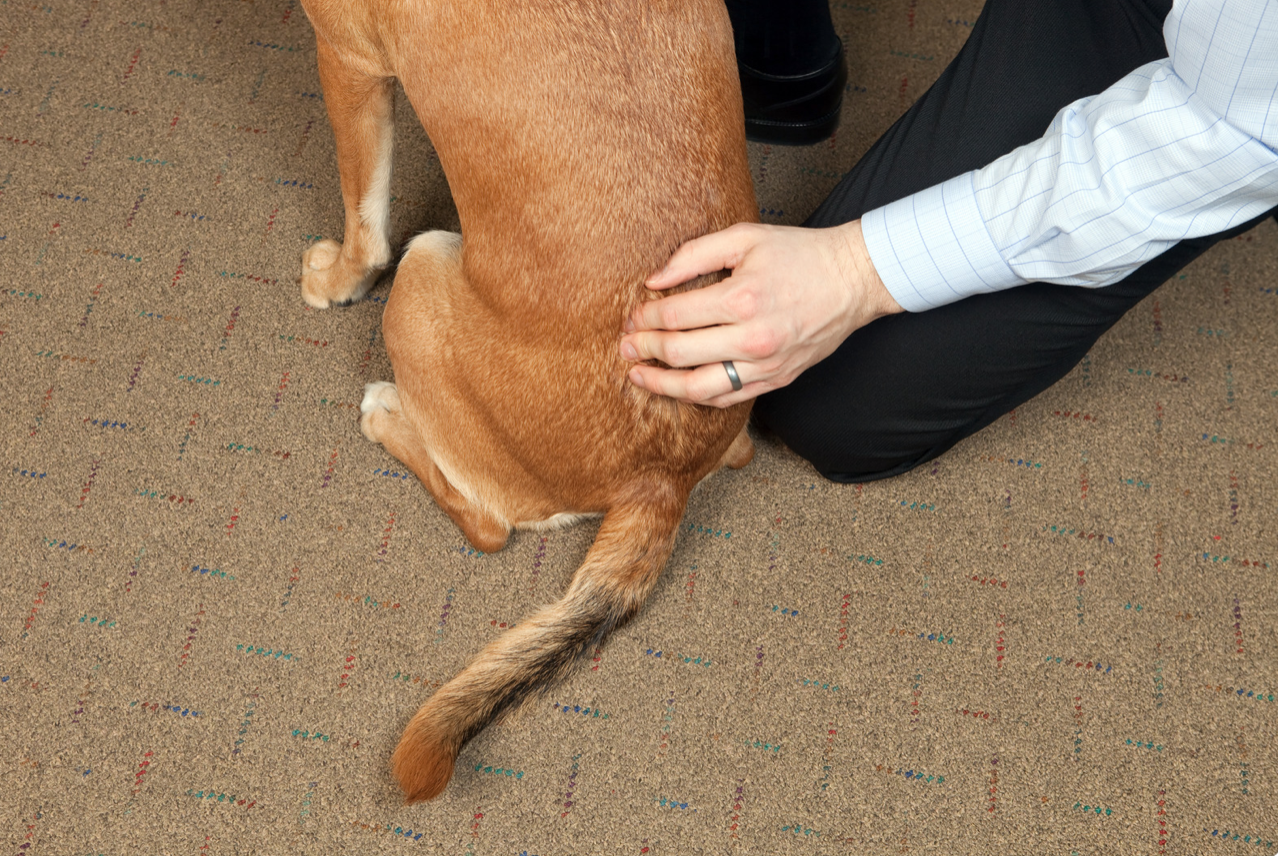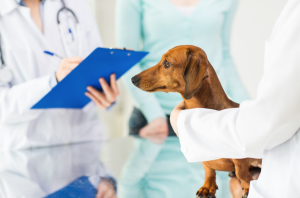
Everything You Need to Know About Intervertebral Disc Disease
Whether you’re a new dog owner or a seasoned pet parent, understanding the health challenges that your furry friend may face is crucial. One health concern in particular, Intervertebral Disc Disease, often gets overlooked. This spinal condition can lead to serious complications if not treated properly. That’s why it’s important that you learn what it is, how to spot the signs, and what treatment options are available.
We wrote a guide that breaks down everything you need to know about Intervertebral Disc Disease, and tells you how to navigate this health issue effectively so your pup can live their best life!
What is IVDD?
Intervertebral Disc Disease, or IVDD, is a condition that impacts the cushion-like discs located between the bones in a dog’s spine. These discs usually act as shock absorbers, but in IVDD, they go through changes that can lead to severe pain, nerve damage, and in extreme cases, paralysis.
IVDD presents itself in two different forms, each with its own unique characteristics. Type I IVDD is characterized by a hardening of the spinal discs, which become fragile and may burst. This transition, according to ASPCA, “can happen over a period of weeks or in a moment. So a dog that appears healthy and happy one minute can suddenly present odd symptoms and signs of pain.” This form of the disease is most often observed in smaller breeds with longer bodies.
Type II IVDD is typically seen in older, larger dogs. Rather than a sudden rupture, this form involves a slow deterioration of the disc over time. It gradually protrudes, causing symptoms that emerge subtly and progressively, making it harder to detect in the early stages.
Signs of IVDD
IVDD can be hard to notice because the signs of IVDD will look different for every dog. Symptoms present themselves based on where the problem is in the spine, as well as how severe it is. These symptoms may include:
- Pain
- Not wanting to jump or climb stairs
- Loss of balance
- Weakness in the legs
- Swaying while walking
- Arching the back or neck
- Paralysis
If your dog is showing other kinds of symptoms, something else may be wrong. Contact your vet and check out our article on pet first aid 101 to learn more about what you can do to treat your dog from home.
Diagnosing IVDD
If your dog shows any of the symptoms listed above, it’s crucial to visit the vet. The vet will examine your dog thoroughly, and if they suspect IVDD, they’ll use tools like X-rays, CT scans, or MRIs to confirm it and find out exactly where the problem disc is.
Treatment Options
IVDD is treated in two ways: non-surgical treatment and surgical treatment. The non-surgical treatment includes rest, medicine, physical therapy, and acupuncture to manage pain and reduce swelling. It’s usually used for dogs with less severe symptoms or those with Type II IVDD. If the disease is advanced, then surgery may be necessary to remove the damaged disc and relieve the pressure on the spinal cord.
Which Breeds Are Prone to IVDD?

Although any dog can develop IVDD, certain breeds are more predisposed due to their genetic makeup and physical characteristics. Knowing whether your pet belongs to one of these breeds can help you be more vigilant and proactive in managing their health.
- Dachshunds: According to Purina, “IVDD affects 19 to 24 percent of Dachshunds, more than any other breed.”
- Beagles and Corgis: These breeds have long backs and short legs, making them prone to IVDD.
- Shih Tzus: These small dogs can have genetic predispositions to IVDD
- Basset Hounds: Their unusually heavy build and short legs put additional pressure on their spine, which can make them more prone to IVDD.
- French Bulldogs: This breed often experiences a range of health issues, including a higher risk of IVDD.
- Pekingese and Poodles: These breeds are among the smaller dogs that are more likely to develop IVDD.
- German Shepherds, Labrador and Golden Retrievers, and Doberman Pinschers: These are some of the large breeds that are prone to IVDD. Although the condition is more common when they are older, it can happen at any age.
Prevention and Management
While genetic predisposition can’t be controlled, there are some measures you can take to help prevent IVDD or manage its effects:
- Maintain a Healthy Weight: Dogs that are overweight are more likely to get IVDD. Make sure your dog eats a balanced diet and gets regular exercise.
- Avoid Strenuous Activities: It’s important to avoid activities that can strain the spine, like jumping off high places or engaging in rough play.
- Regular Vet Visits: Regular check-ups can help spot early signs of IVDD, enabling you to start treatment ASAP.
- Physical Therapy and Rehabilitation: Physical therapy can help manage pain, regain movement, and improve your dog’s quality of life.
Don’t Worry
Having IVDD doesn’t mean your dog can’t continue to live a fulfilling, joyful life. With the appropriate care and a lifestyle that caters to their specific needs, dogs with IVDD can truly thrive! They are remarkably resilient creatures, after all, and they are capable of bouncing back from anything!
